Last updated 1/2019
MP4 | Video: h264, 1280×720 | Audio: AAC, 44.1 KHz
Language: English | Size: 1.11 GB | Duration: 0h 51m
Art and Early Mass Communication
What you’ll learn
Students will learn the key developments, vocabulary terms, and works of art which are associated with Baroque painting and the Counter-Reformation.
Students will be able to recognize major Baroque works and features.
Students will gain an appreciation of the themes that defined Baroque artwork from its predecessors.
A comprehensive vocabulary list is found at the end of the course.
Requirements
An interest in history and a love of art are the only prerequisites for this course.
Description
This course looks at Baroque painting from seventeenth century Rome and how it advanced the agenda of the Roman Catholic Church’s response to the spread of Protestantism in Northern Europe, a period called the Counter-Reformation. After the Council of Trent when images had been enshrined as a primary communications channel between the dogma of the Church and the minds of the masses across Europe, paintings were invested with a new dimension to depict simple religious subjects invested with extraordinarily complex emotional subjects. Baroque paintings commissioned by the Catholic Church were designed to play on the viewer’s emotions- whether that was inspiring pity through scenes of extraordinary sufferings or gruesome martyrdoms or to reveal a glimpse of the heavens themselves, or at least how the best artists of the day were able to create the illusion of infinite depth on church and palace ceilings alike. In any case, art took center stage in the seventeenth century, and unparalleled resources were put into artworks which were intended to be seen by more people than any of the masterpieces of the former era had been; this course is not only an introduction to Baroque painting, it is also the first chapter in the modern history of mass communications. The key to differentiating the Mannerist from the Baroque in terms of period, style, and intended audience is that the former consisted of artworks produced for an elite audience of the educated and initiated, whereas the latter became visual language of choice used by the Catholic Church to disseminate its messages to the masses following the Council of Trent, an emergency summit of the Church of Rome which addressed the spreading threat of Protestantism. When we talk about the period after the Council of Trent, we commonly use the term “Post-Tridentine.” This Council reaffirmed the primacy of images in worship, particularly for their function in creating an immediate emotional connection to the Church’s messages among otherwise uneducated and illiterate laypeople. This manipulation of the viewer’s emotions, which is an essential aspect of Baroque artworks, we can trace to the Mannerist flair for inspiring terror, awe, and sublime with illusionistic and unsettling artworks and architecture; however, whereas the provocation of these emotions in the Mannerist context was restricted essentially to the patrons and their elite guests of their lavish palaces and grottoes, Baroque artists channeled the former era’s taste for psychological content and emotional connection into religious artworks intended for mass-consumption in Catholic churches and chapels.
Overview
Section 1: The Characteristics of the Baroque
Lecture 1 Provoking an Emotional Response
Lecture 2 Reinventing Composition
Lecture 3 Shock and Graphic Violence
Lecture 4 Awe and Illusionism
Lecture 5 Course Vocabulary Review
High school, university, and graduate students will find both a review of key pieces and developments as well as original research and connections which are exclusive to this course.
HOMEPAGE
https://anonymz.com/?https://www.udemy.com/course/baroque-painting-and-the-counter-reformation/
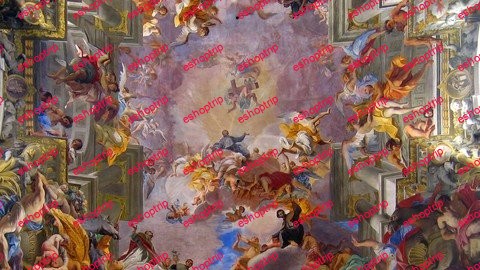
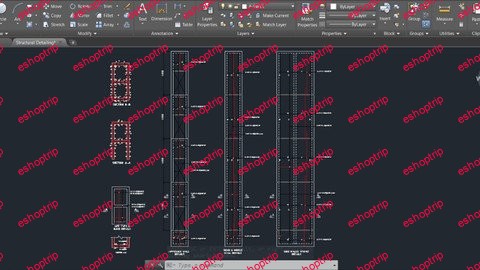

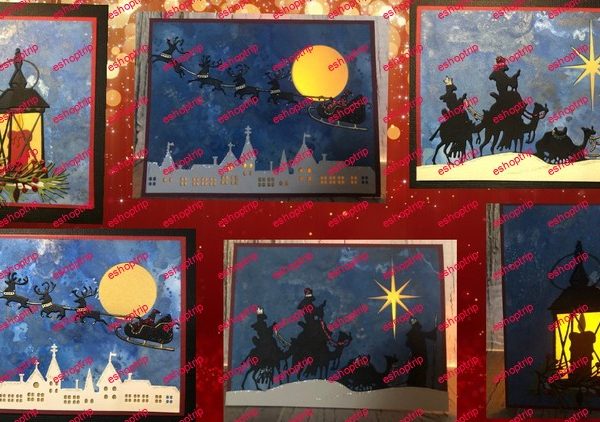
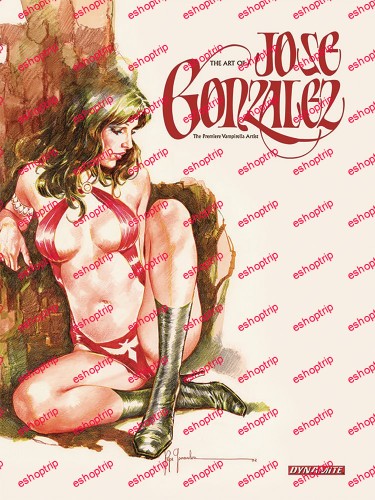
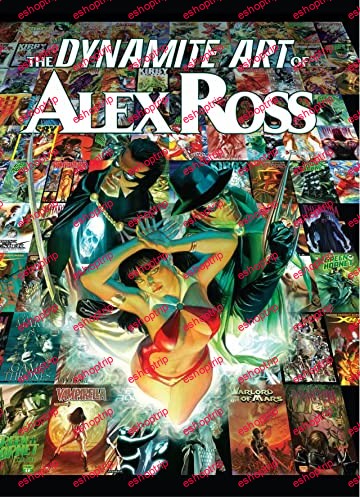

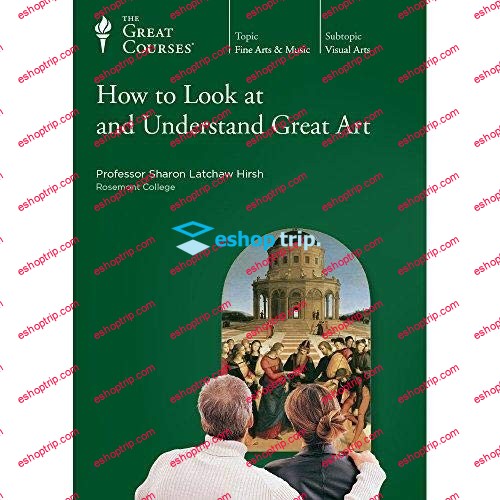



Reviews
There are no reviews yet.